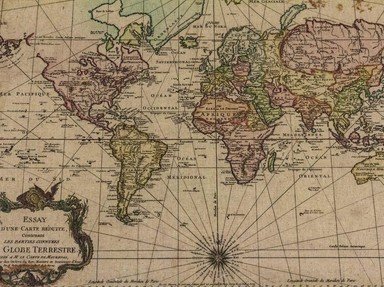Quiz Answer Key and Fun Facts
1. Robert O'Hara Burke and William John Wills were the leader and second-in-command respectively of an expedition to cross unknown territory in 1860-1861. Where did they die?
2. We all know that Christopher Columbus sailed the briny blue in 1492, but where exactly did he and his crew first leave a settlement in the new world before returning to Spain on his first voyage?
3. Robert E. Peary is the adventurer whose expedition was accepted by experts as first to what destination, despite a rival, Dr Frederick Cook, putting up a strong case in 1909 for beating Peary? Cook's documentary evidence was destroyed.
4. Percy Fawcett was a British Army officer who led several exploratory expeditions to South America. In 1925 he, with his son and a friend, disappeared while seeking a lost city of gold. Where was he last seen?
5. Lady Jane Franklin was worried. Her husband had left to find something in 1845. Here it was 1848 and he wasn't back yet. What was he seeking?
6. For years people have speculated how far the Vikings got in North America. Where is the only confirmed Viking settlement there to be found?
7. King John II of Portugal wanted to corner the spice trade. In order to do that, he sent explorers off to chart...what?
8. In 1959 a stone was found near Chalk River, Ontario. In it were cut the words 'HH Captive 1612'. Is this a clue to the fate of Henry Hudson? Where did his crew set him adrift?
9. John Glenn, one of the original Mercury Seven astronauts and first American to fully orbit the Earth (February 20, 1962), and Neil Armstrong, first human to set foot on the moon, (July 20, 1969) besides being skilled military jet pilots and pioneering astronauts, had a geographic location in common. What was it?
10. From 1839 to 1843, a British naval expedition was sent to explore the Antarctic coast, over-wintering in Tasmania and the Falklands. What enormous natural feature did they discover that is now known by the name of the leader of the expedition?
Source: Author
davejacobs
This quiz was reviewed by FunTrivia editor
agony before going online.
Any errors found in FunTrivia content are routinely corrected through our feedback system.
